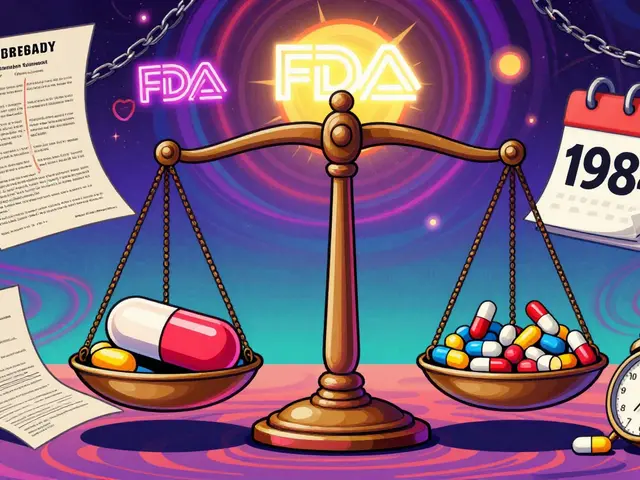Gout: Clear, Practical Advice for Stopping Pain Fast and Preventing Flares
Got sudden, burning pain in your big toe or a swollen joint that won’t bend? That’s often gout. It hits hard and comes on fast. You want a quick plan you can use now—how to ease the pain, what to avoid, and how to stop it from coming back. Below are simple, proven steps you can start today.
Quick steps for an acute gout attack
When a flare starts, act fast. Rest the joint, keep it elevated, and use ice packs for 10–15 minutes at a time to cut swelling and pain. Over-the-counter NSAIDs like ibuprofen or naproxen often work well if your doctor says they’re safe for you. If NSAIDs aren’t an option, doctors may prescribe colchicine or a short steroid course. Don’t try to treat a sudden, severe attack with home remedies alone—call your doctor if the pain is extreme, the joint looks infected, or you have a fever.
Hydration helps. Drink plenty of water during a flare—dehydration can concentrate uric acid and make things worse. Avoid alcohol and sugary drinks until the attack eases; both can push uric acid higher.
Long-term control: lifestyle and medications that work
Once the pain is under control, focus on prevention. The two main approaches are lifestyle changes and, for many people, daily medicine to lower uric acid. Aim to keep uric acid under about 6 mg/dL—doctors check this with a simple blood test. If levels stay high or you have repeated attacks, medications like allopurinol, febuxostat, or a uricosuric such as probenecid can lower uric acid and cut flare frequency.
Diet matters. Cut back on red meat, organ meats, and shellfish—these are high in purines, which raise uric acid. Skip beer and sugary sodas and limit fruit juices with added sugar. Eating low-fat dairy, whole grains, and plenty of vegetables helps. Some people find cherries or cherry juice reduce flares; a few studies support this, though it’s not a replacement for medicine. Vitamin C supplements can modestly lower uric acid in some people, but check with your doctor first.
Weight and activity help too. Losing even 5–10% of body weight if you’re overweight lowers gout risk. Aim for regular, gentle activity—walking, swimming, or cycling—rather than crash diets or extreme exercise, which can trigger flares.
Keep a record of triggers. Track what you ate, how much you drank, and activity levels before flares. Patterns often show up fast and help you avoid what sets you off.
If you’re unsure whether it’s gout, or you’ve had more than one attack, see a doctor. A clinician can confirm gout, check for kidney issues, adjust medicines, and set a target uric acid level. With the right plan, most people cut attacks dramatically and avoid long-term joint damage.
Need help figuring out what to change first? Start by cutting alcohol and sugary drinks, upping water intake, and booking a blood test to check uric acid. Small steps now save a lot of pain later.
Etodolac for Gout Relief: Can It Help Reduce Flare-Ups?
Gout is a painful condition caused by the accumulation of uric acid crystals in the joints. Etodolac, a nonsteroidal anti-inflammatory drug, has been considered for gout management. This article explores whether Etodolac can help reduce gout flare-ups, the side effects to watch out for, and tips on how to manage gout more effectively.





